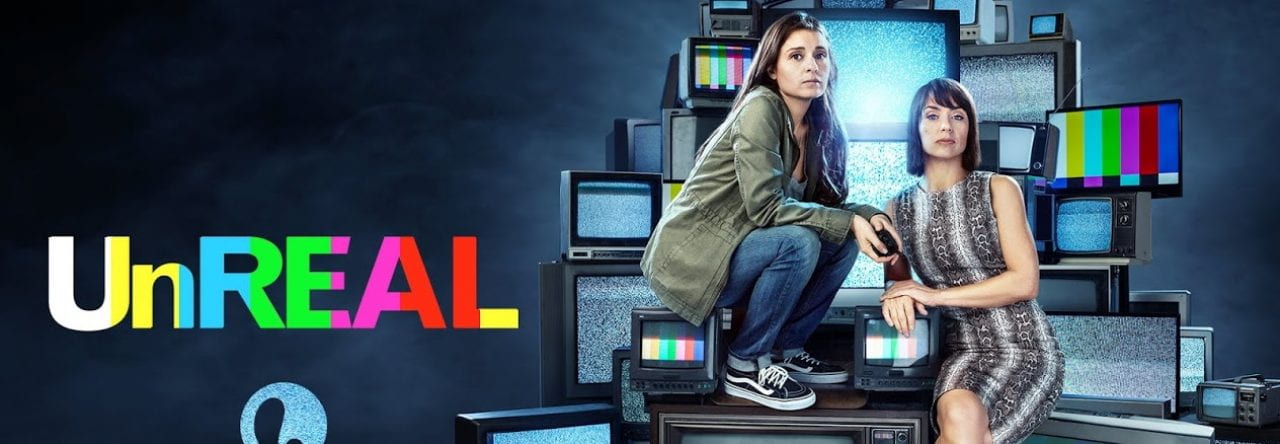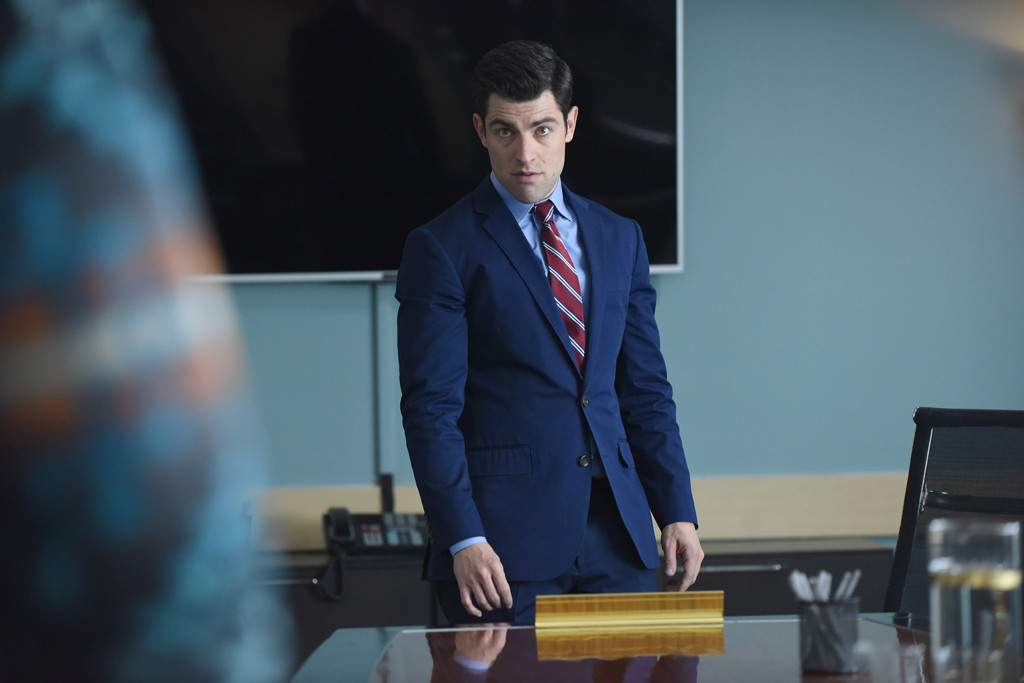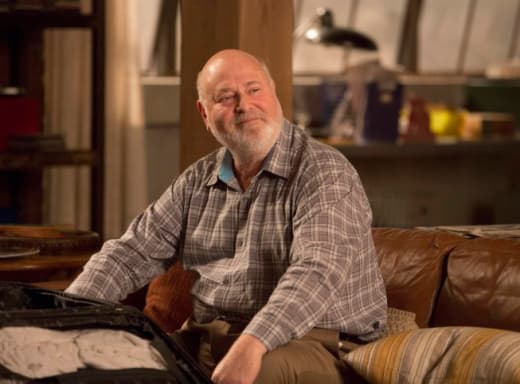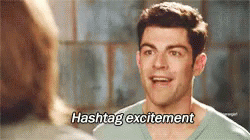Bernt, Joseph P., Katherine A. Bradshaw, and James C. Foust. “Pressured to Look Good: TV Anchors and Gendered Personal Appearance.” Media Report to Women, vol. 37, no. 3, 2009, pp. 6-11,19-21. ProQuest, http://prx.library.gatech.edu/login?url=https://search.proquest.com/docview/210209195?accountid=11107.
News anchors are critical for ratings and business success. Overall, anchors do not represent racial diversity. In fact, often times they have similar looks, hair, and clothes. There is a lot of emphasis on physical appearance for news anchors, especially on women. They are judged based on attractiveness, rather than knowledge or ability to explain difficult material. Women who are ‘beautiful’ could keep their job, even if they were bad at being an anchor.This article provides a unique perspective on the judgements of women within the news world. The news is an entertainment medium, and there is fewer female characters. The women that are included are presented as younger and less powerful than men. This article provides important detail by explaining specific scenarios where women were harassed or fired for not meeting a standard of physical appearance, which is a crucial point in our gender representation analysis within the news because it reinforces the beauty standard which keeps male dominance intact.
Peer Reviewed
Cranford, Alexandra. “WOMEN WEATHERCASTERS: Their Positions, Education and Presence in Local TV.” Bulletin of the American Meteorological Society, vol. 99, no. 2, Feb. 2018, pp. 281-288. EBSCOhost, doi:10.1175/BAMS-D-16-0317.1.https://gatech-primo.hosted.exlibrisgroup.com/primo-explore/openurl?genre=article&isbn=&issn=1461670X&title=JOURNALISM%20STUDIES&volume=19&issue=6&date=20180101&atitle=Women,%20Men%20and%20News:%20It%27s%20life,%20Jim,%20but%20not%20as%20we%20know%20it&aulast=Ross,%20Karen&spage=824&sid=EBSCO:Social%20Sciences%20Citation%20Index&pid=&vid=01GALI_GIT&institution=01GALI_GIT&url_ctx_val=&url_ctx_fmt=null&isSerivcesPage=true&lang=en_US
Broadcast meteorologists face many stereotypes and the need to do attention grabbing stunts for views and ratings. Women face even more stereotypes in relation to the public’s perception of their intelligence and physical appearance. Women are often perceived to not understand science, which can limit the trust of the forecast. Others believe women are hired strictly for their sex appeal to boost ratings. Even as women began to get meteorology degrees, they still faced harassment and sexism. Many weather women are advanced scientists, and the role has evolved over the years, but the stereotype still remains. This source explains how the role a women has can be continually sexualized, even if she has the scientific and intellectual background required for the part. This is important in analyzing the way gender affects different roles within the news. The ‘weather girl’ role is fueled by the stereotype in regards to the intelligence difference between men and females, which is a common denominator in my research articles regarding women in the news.
Peer Reviewed
Engstrom, Erika, and Anthony J. Ferri. “From Barriers to Challenges: Career Perceptions of Women TV News Anchors.” Journalism and Mass Communication Quarterly, vol. 75, no. 4, 1998, pp. 789-802. ProQuest, http://prx.library.gatech.edu/login?url=https://search.proquest.com/docview/216926995?accountid=11107.
Women face many societal, industrial, and personal expectations that create challenges in their career in the news. Women must have certain physical appearances, balance a role as a wife/mother, and manage family challenges while maintaining their career. In fact, women face a large overemphasis on physical appearance and gender based decision making. Women are expected to look young and perky, whereas men can be old and bald. There is also a gender bias in entering the industry, it is more difficult for women to enter the industry if they are a certain age or look a certain way. These problems are universal and can be applied to local news stations as well. They are often assigned “soft news” to report. This source is very valuable because it gives insight into the women’s perspective on what they believe their gender biased challenges are within the workplace and how they rank with other challenges.
Farhi, Paul. “Female Anchors Overtaking Men.” The Record, Jul 25, 2006, pp. E2. ProQuest, http://prx.library.gatech.edu/login?url=https://search.proquest.com/docview/267170602?accountid=11107.
Women have surpassed men in becoming the majority of anchors and TV reporters in the United States. In fact, Green, the news director at Fox5 has said that it’s easier to find a strong female anchor than a strong male. This leads to some good and some bad. The good is in regards to equal-opportunity employment. The bad is that there is controversy that the “feminized” newsroom is changing the agenda. Women used to only have jobs in the news as “weather girls” to brighten up people’s days. Now, they are perceived as intelligent and credible from the anchor seat. This article is important because it is the most positive and pro-women article selected. It remarks to women as strong and credible, which speaks to the changing tides in 2018. It provides a unique perspective on the female majority within the news and how the structure of the news throughout history has changed.
Peer Reviewed
Hetsroni, Amir, and Hila Lowenstein. “Is She an Expert Or just a Woman? Gender Differences in the Presentation of Experts in TV Talk shows.” Sex Roles, vol. 70, no. 9-10, 2014, pp. 376-386. ProQuest, http://prx.library.gatech.edu/login?url=https://search.proquest.com/docview/1531890816?accountid=11107, doi:http://dx.doi.org/10.1007/s11199-014-0370-z.
There is a significant gender difference in the presentation of experts in TV programming. A study of Israeli talk shows where experts took part showed that men outnumbered female experts in a 1.7:1 ratio. Also, the female experts often discussed topics such as body grooming and child care, whereas the men discussed serious political topics. This gender difference within the news reinforces stereotypes about a woman’s place in society and their intelligence level compared to men. The article also touches on the fact that television is a main socialization agent which spreads beliefs. In fictional TV programs, experts are always male. This gives society the impression of male gender dominance. This is a valuable source because it examines not only the frequency of women in the news, but also their role within it. Women are often used as “a pretty face” rather than an intellectual expert, and this article explains the stereotypes that lead to these assigned roles and functions.
Smee, Thomas W. “Does a News Anchor’s Gender Influence Audience Evaluations of the Anchor?” Media Report to Women, vol. 32, no. 4, 2004, pp. 13-20. ProQuest, http://prx.library.gatech.edu/login?url=https://search.proquest.com/docview/210165374?accountid=11107.
There is a difference in audience response to male and female news anchors. The anchors, usually the conveyors of information, are the ones being represented inaccurately. Minorities and women are often underrepresented within the news staff. Also, the audience is often looking for factors such as intelligence and honesty within their news anchors. These qualities are harder for women to be perceived as when they are not given equal opportunity as men to report on serious and and important issues. Women are often given subjective and lifestyle reports. Female reporters are often hired more for their looks rather than their ability to report. This article is important because it shows the perceptions of men and women anchors from the audience’s view. Women are often facing higher judgements based on the stories they are given, which is not their choice, nor a fair judgment. The audience would rather hear the more important news, which is delivered by men, so they associate the men as being more important.














